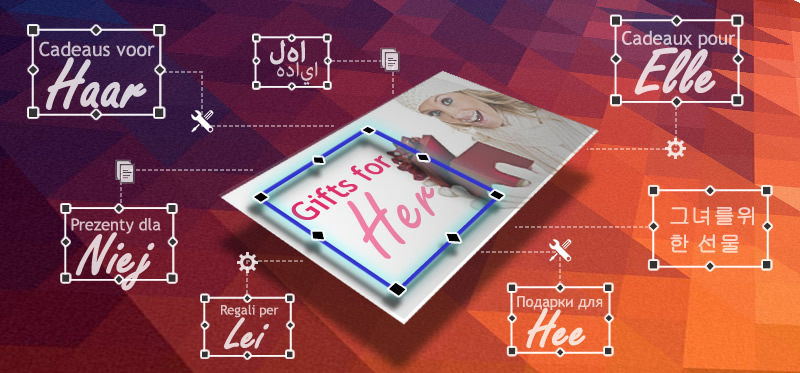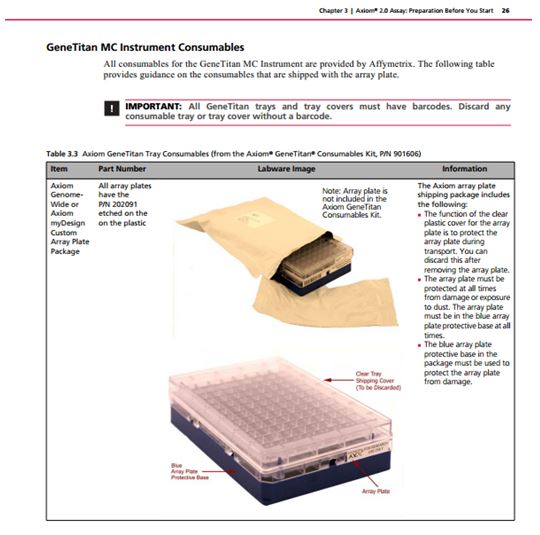
When you’re translating your content into different languages, localising visual content is just as important as text content – yet has added complexities to ensure the finished product is an accurate representation of the original and suitable for the intended audience. I’ve outlined three different scenarios when graphics translation might be required and solutions to achieve the best results.
Scenario 1: Website translation
Your brand is looking to expand into a new market and so you want to translate the written content of your website in order to appear more local. On taking a closer look at your existing website it appears that a lot of the written text is actually embedded within graphics, web banners, web buttons etc. It is important to get this content localised along with the rest of the site, but you are unsure of the best way to go about it.
Let’s take Amazon as an example. Amazon makes use of a variety of web banners and graphics on their websites; see the screenshots below which show examples of text that is in fact embedded in some un-editable format. Amazon has managed to keep the look and feel of their website consistent across the multilingual versions of their site by translating and editing these graphics, particularly for new products such as the “Kindle Paperwhite” depicted below.

- Hint: You can tell when text is embedded as you can’t highlight it, and when you try it often looks as if you are moving the graphic itself.
When it comes to creating multilingual graphics, such as those shown above, it is important that you carry out two stages: graphics translation and multilingual graphics editing. If you have access to your original artwork in an editable format, including any special fonts which were used to create the graphic then these two stages will be easier. The text can then be extracted for translation, followed by an editing stage in which a graphic designer will play around with the graphic in order to make any changes necessary to accommodate the translated text. This is particularly important when it comes to languages such as Chinese, Korean, or, in the case of Amazon, Japanese. These languages are written using double-byte characters and can prove problematic when it comes to creating multilingual graphics.

Scenario 2: Marketing infographics
You are the marketing manager of a company looking to expand its existing presence overseas. The use of infographics in your latest marketing campaign has really worked in your home market and you’d like to see if the trend will work for you internationally. The only issue is you’re not entirely sure how easy it’s going to be.
- Hint: Infographics are super on-trend at the minute, particularly with marketing companies. They depict key facts, figures and information in a fun and vibrant way.
Let’s use the example below from Styling Up, a start-up company offering their customers a free online personal shopping experience. The infographic illustrates information that female consumers across the globe would find useful and is relatively easy to translate, but combining translation with a multilingual graphics editing service would ensure that the infographic replicates the English version and still delivers the key brand message. Graphic designers can work with infographics quite easily if provided with the original artwork and fonts used to create the graphic. By creating multilingual infographics your brand will come across as being more local in your international markets, which may be a great benefit when looking to expand your presence overseas.
Scenario 3: Technical translation
You are a manufacturer looking to launch one of your new products overseas. In preparation for the launch you require your product specifications, technical manuals and safety data sheets translating, which contain a lot of diagrams, annotations, tables, and graphs. These will also need translating but you are unsure as to the best way to go about this. Take the example below.
This is a page taken from a user guide produced by the American brand Affymetrix, and perfectly illustrates cases in which multilingual desktop publishing should be used.
If this manual was to be translated then it would be important that the translated text could be reinserted into the document keeping to the same format and typesetting. In cases where images, diagrams or charts must also be localised, a desktop publisher should probably have a look at the source document prior to the start of the project in order to assess the level of work involved.
Another important language requirement to bear in mind is if you want to translate manuals, like the one illustrated above, into languages such as Arabic or Hebrew you should consider the implications these right-to-left languages may have on the final overall look of the document. A desktop publisher used to working with multilingual content will be sure to offer helpful advice when it comes to typesetting of this kind.
Graphics translation, editing and desktop publishing can be instrumental in expanding your company’s international reach. Web based graphics and infographics are a great, eye-catching way to interest potential customers, whilst having technical documentation accurately translated and typeset is essential. Sometimes translation is simply not enough, and taking these extra steps will prove invaluable in the long run.








